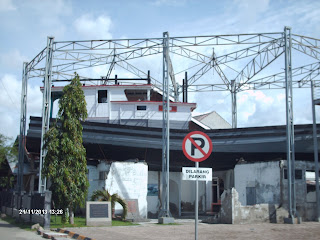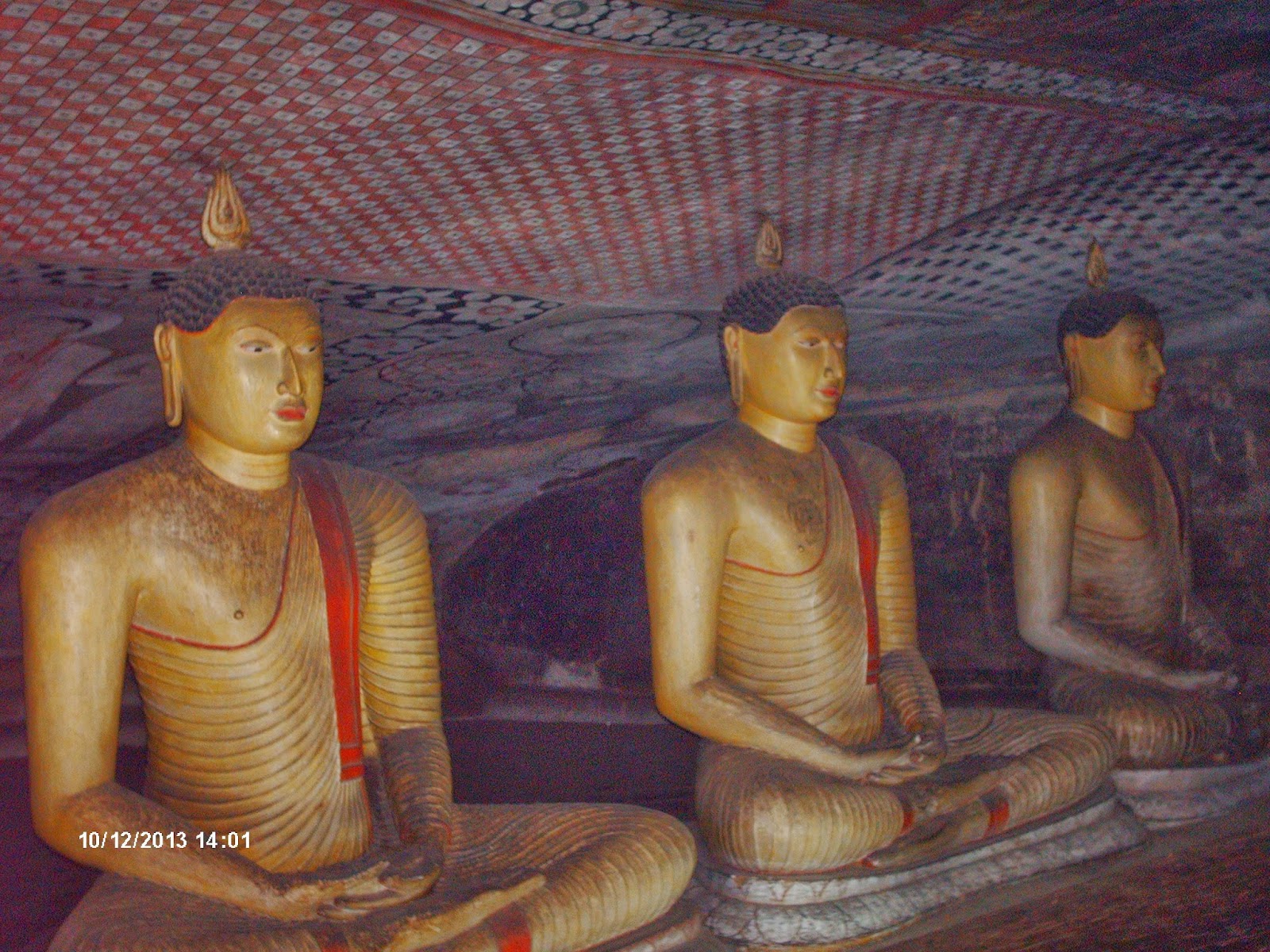 |
| Sapi Island, Malaysia |
At the beginning of this year, as I embarked on my Oceania journey, I had high expectations of the Land Down Under. I was looking forward to visit the mystical Ayer’s rock and one of the natural wonders of the world, The Great Barrier Reef. My Australian visit turned out to be rather disappointing, mainly because of the intense heat and high cost of living everywhere in Oz. Then it rained pretty much the whole time for the week that I visited Fiji. As a result, cruising around off-shore islands appeared to be totally out of the question. By the time that I got to ‘Eua, an island 45 km from the main island of Tongatapu in Tonga, I rode on a rented bicycle with no hand brakes without assessing the possible risks and dangers beforehand.
In a way, the bicycle accident in ‘Eua was a blessing in disguise. The Tongans restored my faith in mankind. During the week that I was hospitalized in Vaiola Hospital, I witnessed genuine love and concern for sick family members. I laughed and cried with the Tongans who became my family at a time of need. When I arrived in Auckland, the Kiwi nurses treated me with a sweetness that I could never forget. Returning to Vancouver on St. Patrick Day was a brutal reminder why I had planned for the departure from Canada. Even though I stayed in Vancouver for six months to recuperate, and enjoyed the modern conveniences of living in a metropolitan city, I did not change my mind about leaving Canada. As a matter of fact, I was more resolved than ever to make a permanent move.
In June, I was able to book an inexpensive flight from Vancouver to Mumbai, India via London by chance. I thought I could tour South India, Sri Lanka and SE Asia on my way back to the South Pacific. My first visit to India was ten years ago and I have longed to go back because India has so much to offer in terms of architecture, history and culture. I hoped to spend about 2-3 weeks in each country except for India which would require at least 4 weeks to visit most of the UNESCO sites.
For three months, I was an international nomad who did not carry any travel guide books. I did, however, carry my trusty netbook and a smartphone with me. Every night I would just plan out the next day’s itinerary. My onward flights would only be booked on line a few days before departure. My travel style took an 180 degree turn from tightly scheduled to spur of the moment hopping on any transportation means that I could get hold of. Hiccups became more opportunities to mingle with the locals. Another change is the worldwide presence of Facebook. Even when we don’t know each other’s language well, on line translation of FB posts makes it possible for people to connect.
At midnight on Dec 6th, 2013, I finally arrived on the island of Rarotonga in the Cook Islands. Life is so laid back and simple here. I would like to go to one of the islands in the Northern Group. A couple days ago, I went down to the main harbour and was informed that no boat would be going up there until after New Years. And I shall wait patiently. It would be interesting to spend a tropical Christmas here on Rarotonga. I look forward to hearing the choirs from different churches with guitar and ukulele accompaniment.











































